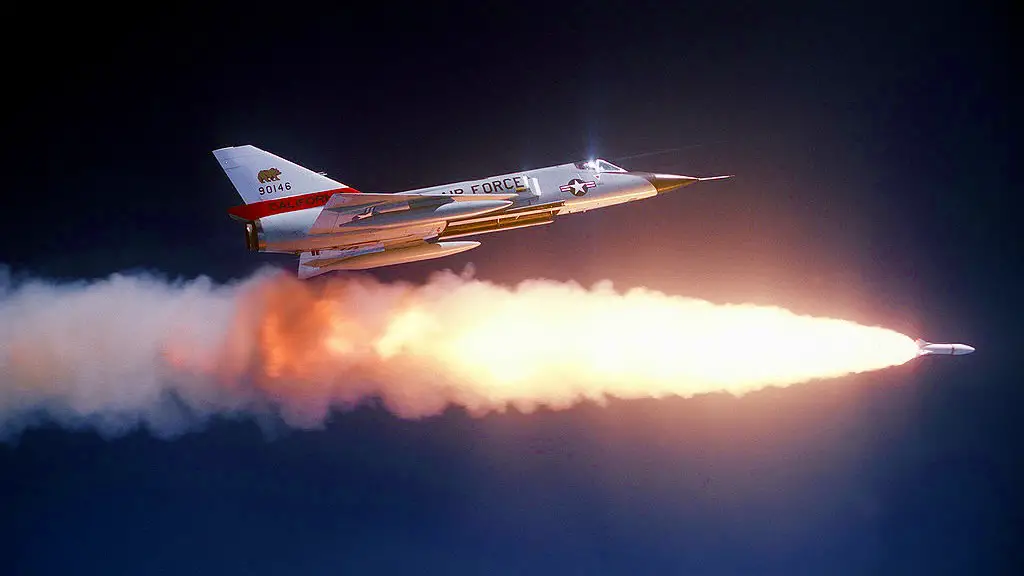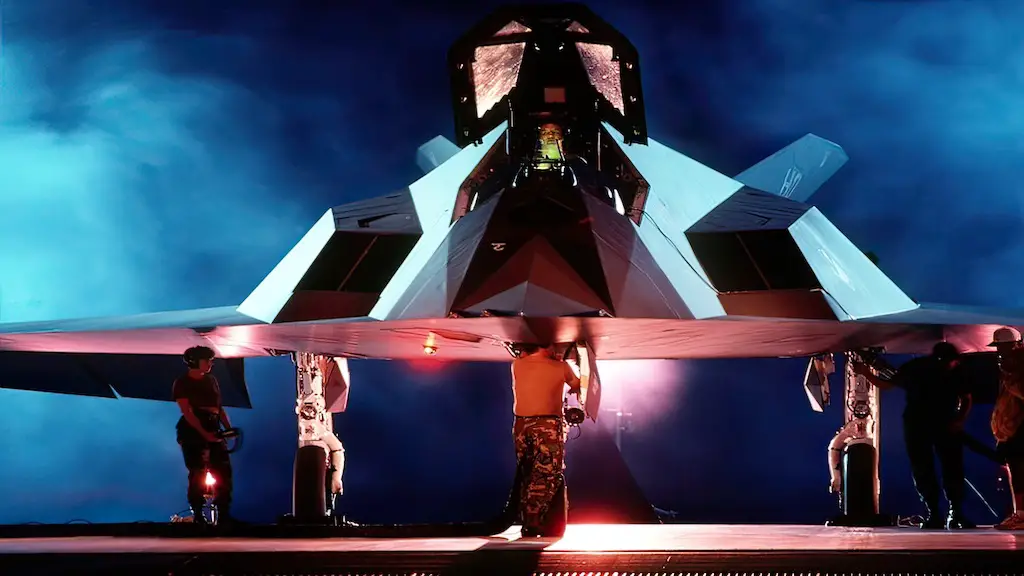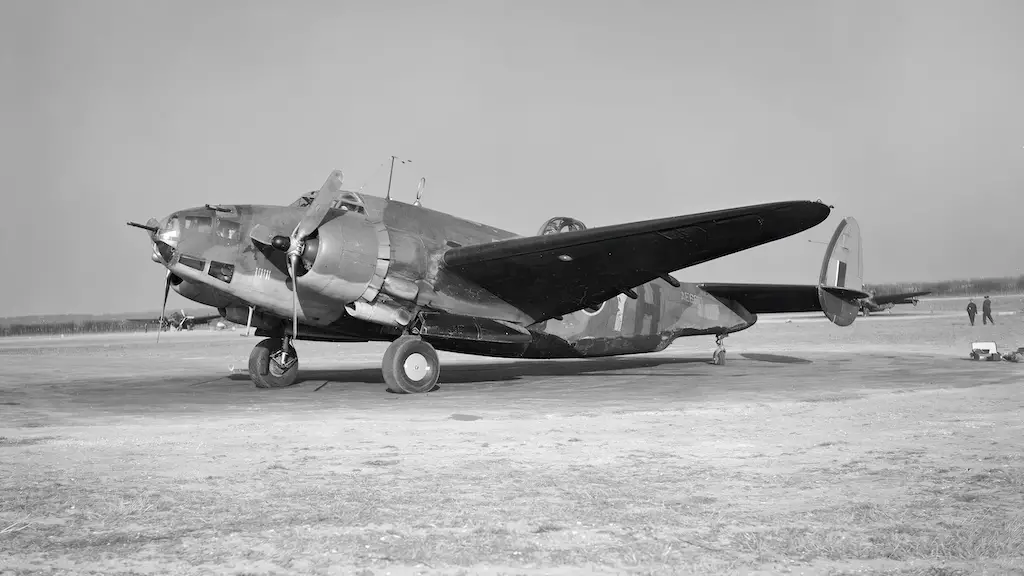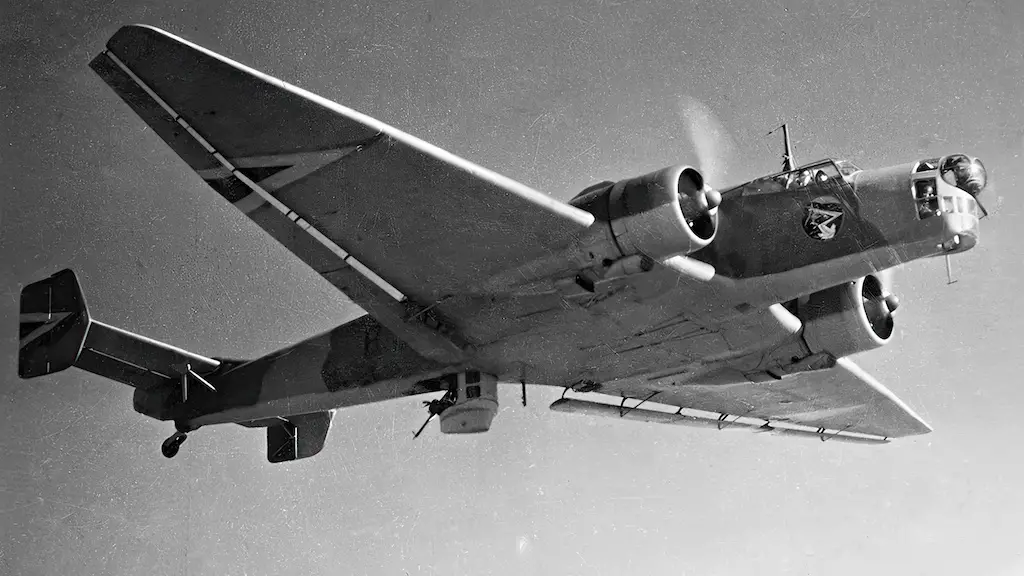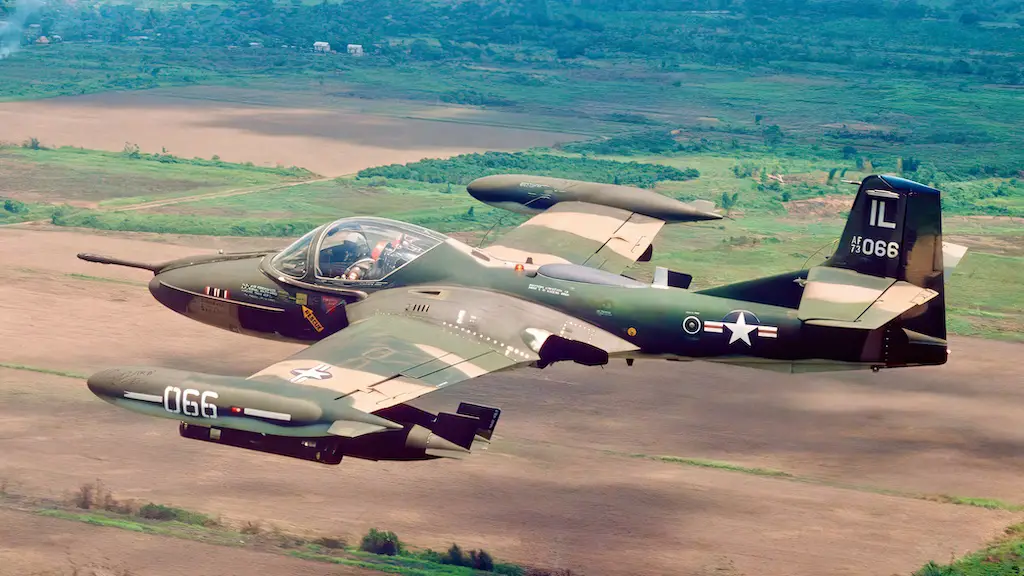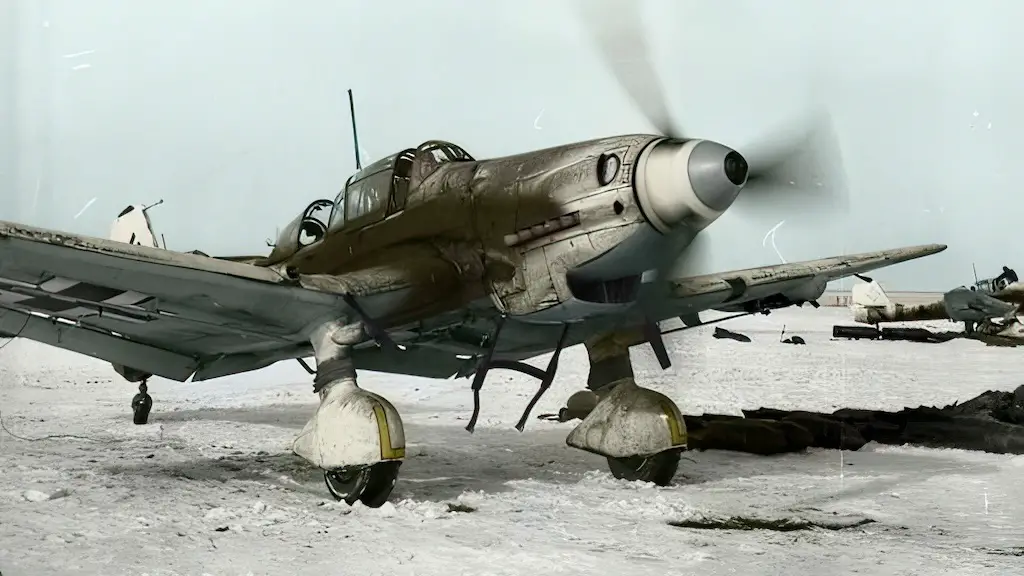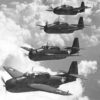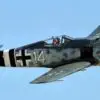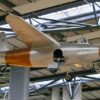There are few examples in the history of aviation when an aircraft landed more or less successfully on its own. Even after its crew bailed out. One of them is the so-called ‘Cornfield bomber’, a Convair F-106A Delta Dart aircraft. It was found almost intact in a snow-covered field after its pilot ejected due to a loss of control. Although F-106A is a fighter rather than a bomber and no cornfield was involved in the situation, the name stuck.
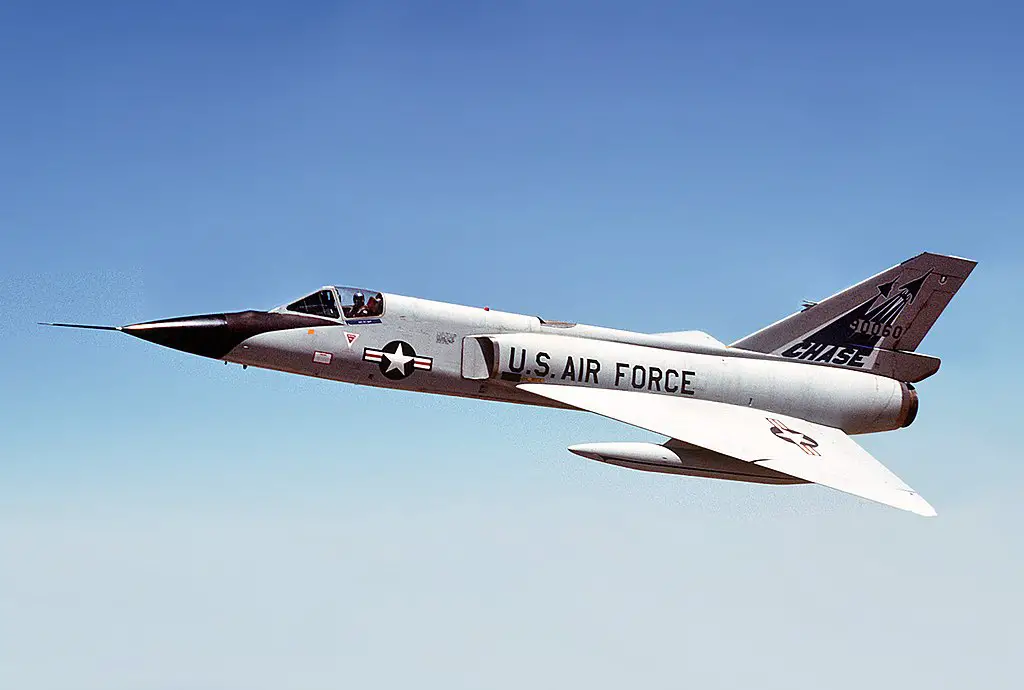
On February 2, 1970, 1st Lt Gary Foust took off in his F-106A from Malmstrom Air Force Base, Montana, for a routine training exercise. While practicing aerial combat with other pilots at an altitude of about 38,000 ft, Foust lost control of the aircraft. His Delta Dart stalled and went into a flat spin.
Foust did his best to recover the control of the plane. Following the advice of instructor pilot Maj. James Lowe, who was taking part in the exercise, Foust deployed the Delta Dart’s drag chute, but that didn’t help either. As all attempts at regaining control of the plane were unsuccessful and it continued plummeting toward the ground, Foust egressed the aircraft at about 14,000 ft (or just 8,000 ft AGL — that was over Montana, after all).
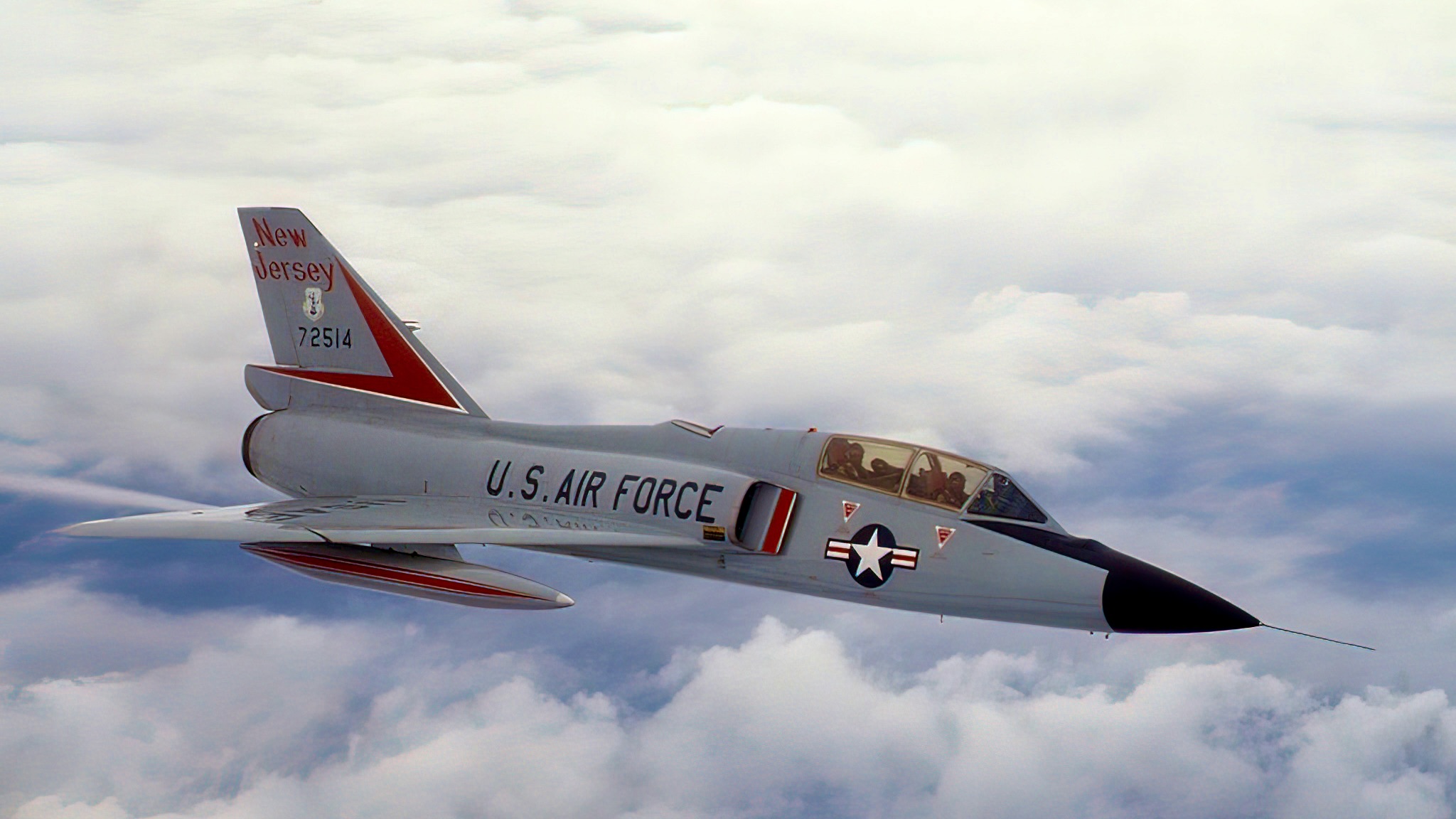
Amazingly, after Foust ejected, his plane recovered from the flat spin on its own and resumed level flight. “Gary, you’d better get back in it!” Maj. Lowe witnessing this improbable situation radioed to parachuting Foust.
Foust landed safely, and so did his plane, only some 50 miles away and without him. The Delta Dart made a belly landing in a field covered with snow near the town of Big Sandy. Interestingly, it had not completely run out of fuel by the time of its landing. Even after the aircraft touched down, its engine went on working, resulting in the Delta Dart slowly crawling over the field for almost two hours at the eyes of several bystanders, including a local sheriff.
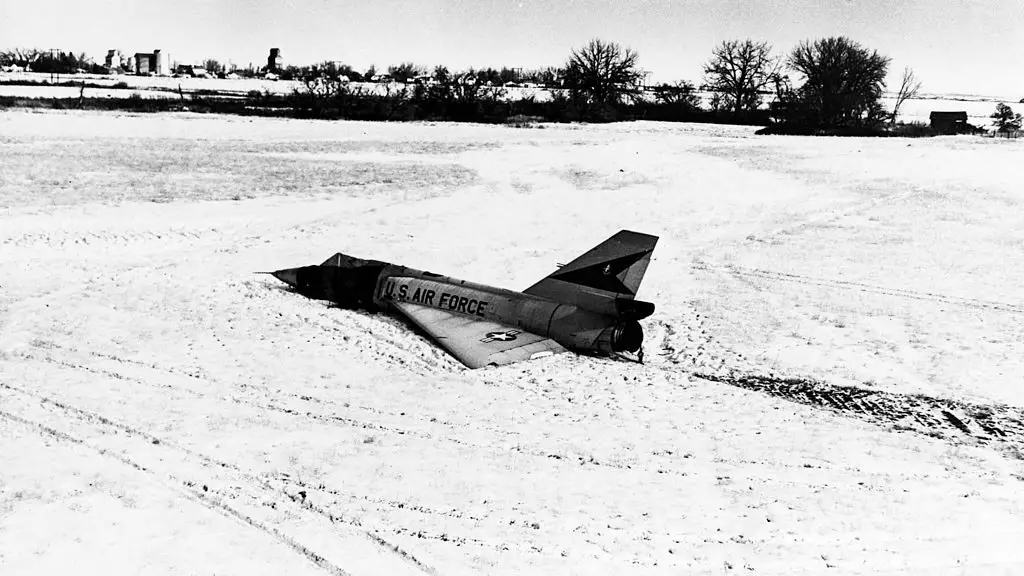
The incident left the F-106A only slightly damaged on the underside. Later it was repaired and returned into service. The aircraft remained operational for years, during which Foust reunited with his patched-up plane and flew it once again. Since 1986 the legendary ‘Cornfield bomber’ has been on display at the National Museum of the U.S. Air Force, in Dayton, Ohio.
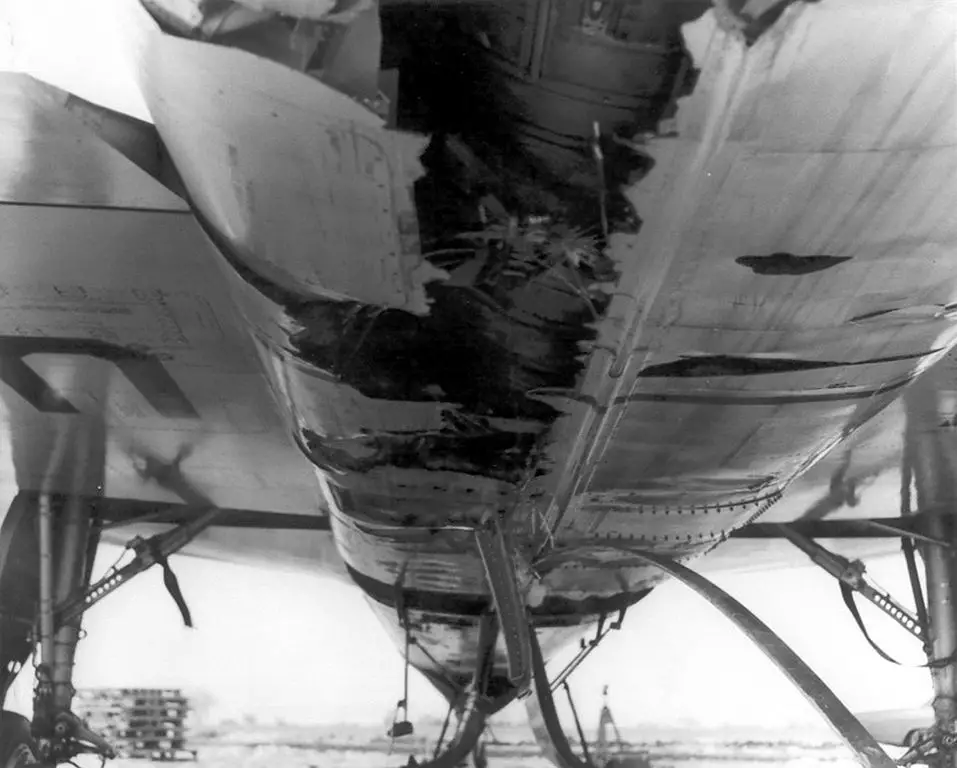
As miraculous as the turn of events looks, of course, no magic was involved. Most probably, the aircraft’s self-recovery from the flat spin was caused by a combination of forces applied to the plane by the ejection seat cartridges and the change in its center of gravity. As for the success of the Delta Dart’s unmanned landing, it was in many ways determined by the pilot’s actions prior to the bailout. Trying to regain control of the plane, Foust trimmed the control surfaces to take off setting, in accordance with the procedure for such situation.
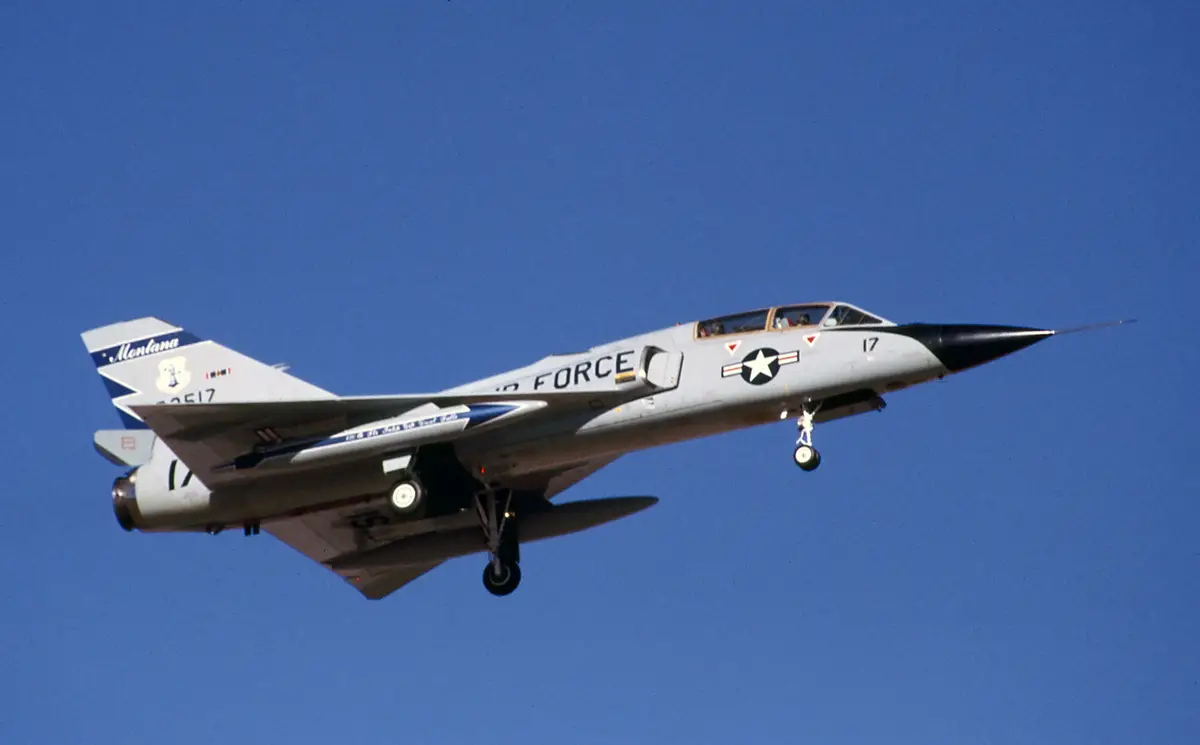
So, when the aircraft resumed level flight, it had control surfaces trimmed for takeoff, which is a setting not very different from the landing one. The engine was throttled back. Thus, the plane was essentially set for a nice glide toward the ground. Combined with the so-called ‘ground effect’ — an increase in lift and decrease in drag observed when an aircraft nears the ground — this made possible the uncrewed Delta Dart’s smooth float toward the ground.

